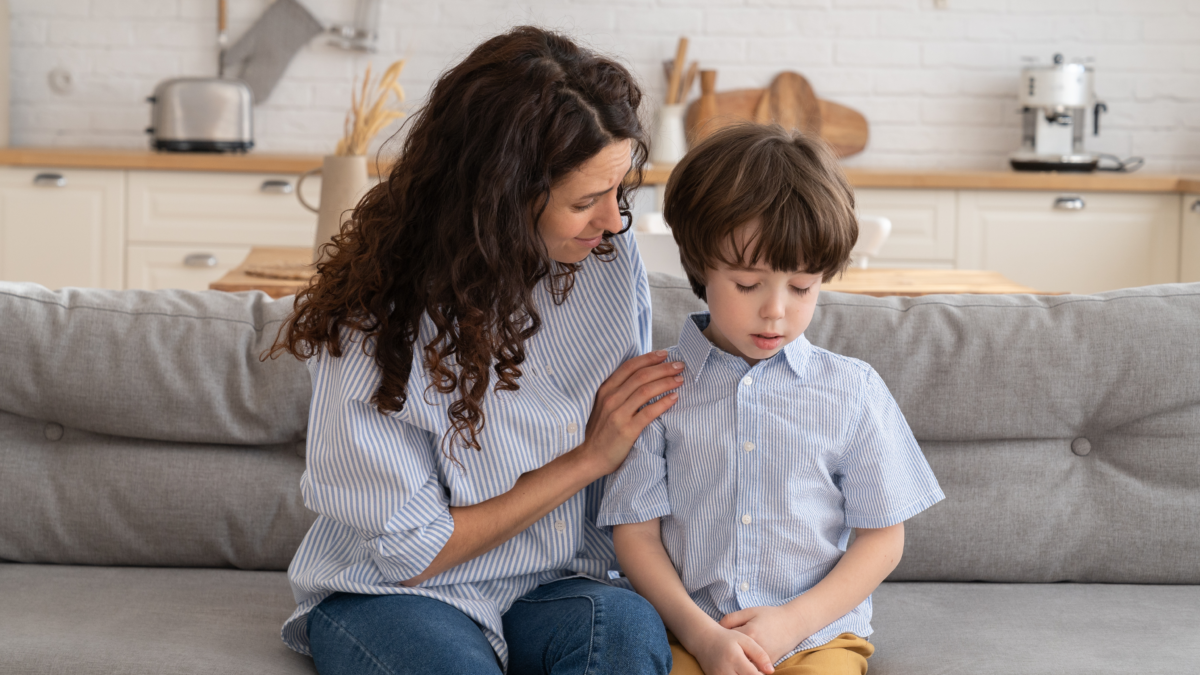Helping Children Cope with Tragic News: A Guide for Parents and Caregivers

In today’s hyper-connected world, tragic events—whether natural disasters, violence, or global crises—can reach children quickly through television, social media, or conversations at school. As a parent or caregiver, it’s natural to want to shield children from distressing news. But when exposure is unavoidable, how we respond makes a big difference in how children process and cope with what they’ve seen or heard.
1. Start with Listening
Before offering explanations or reassurance, ask your child what they know and how they feel. This helps you understand their perspective and correct any misinformation. Use open-ended questions like:
- “What have you heard about what happened?”
- “How does that make you feel?”
Let them speak freely, and listen without judgment or interruption.
2. Offer Age-Appropriate Explanations
Tailor your explanations to your child’s age and maturity level. Younger children need simple, concrete answers, while older children may want more context. Avoid graphic details and focus on the facts:
- For young children: “There was a bad storm in another country, and some people got hurt. Helpers are there now to take care of them.”
- For older children: “There was a tragic event, and it’s okay to feel upset or confused. Let’s talk about it together.”
3. Reassure Their Safety
Children often worry about their own safety or the safety of loved ones. Reassure them with facts about how rare such events are and the steps being taken to keep them safe. Remind them that you and other adults are there to protect them. Emphasize the presence of helpers—emergency responders, doctors, and community members—who are working to make things better.
4. Limit Media Exposure
Repeated exposure to distressing images or stories can heighten anxiety. Monitor what your child is watching or reading, and co-view when possible so you can discuss what they’re seeing. Encourage breaks from screens and offer alternative activities that promote calm and connection. Remember that children are also aware of what YOU are watching.
5. Encourage Expression
Children may express their feelings through play, drawing, or storytelling. Encourage these outlets and validate their emotions. You might say:
- “It’s okay to feel sad or scared. I’m here with you.”
- “Would you like to draw how you’re feeling?”
6. Model Healthy Coping
Children take cues from adults. Share your own feelings in a calm, age-appropriate way and demonstrate healthy coping strategies—like talking about emotions, taking deep breaths, or spending time in nature. It’s ok to let your child know that you’re sad, but if you talk about your experience in a highly emotional way, your child is more likely to absorb your emotion rather than your message. If you remain calm they’ll grasp what is important: tragic events happen but we can learn from bad experiences and grow stronger.
7. Take Action Together
Helping others can empower children and reduce feelings of helplessness. Consider age-appropriate ways to contribute, such as:
- Donating to a relief fund
- Writing thank-you notes to first responders
- Participating in a community support event
8. Watch for Signs of Distress
Some children may struggle more than others. Watch for changes in behavior, sleep, appetite, or mood. If concerns persist, consider speaking with a pediatrician, school counselor, or mental health professional.
While we can’t always shield children from the realities of the world, we can guide them through difficult moments with compassion, honesty, and support. By creating a safe space for conversation and emotional expression, we help children build resilience and a deeper sense of empathy.
Want more information? Check out these helpful resources:
PBS: Helping Children with Tragic Events in the News
Child Mind Institute: Helping Children Cope with Frightening News
